Decoding Fever with PET/CT Scan in Bangalore
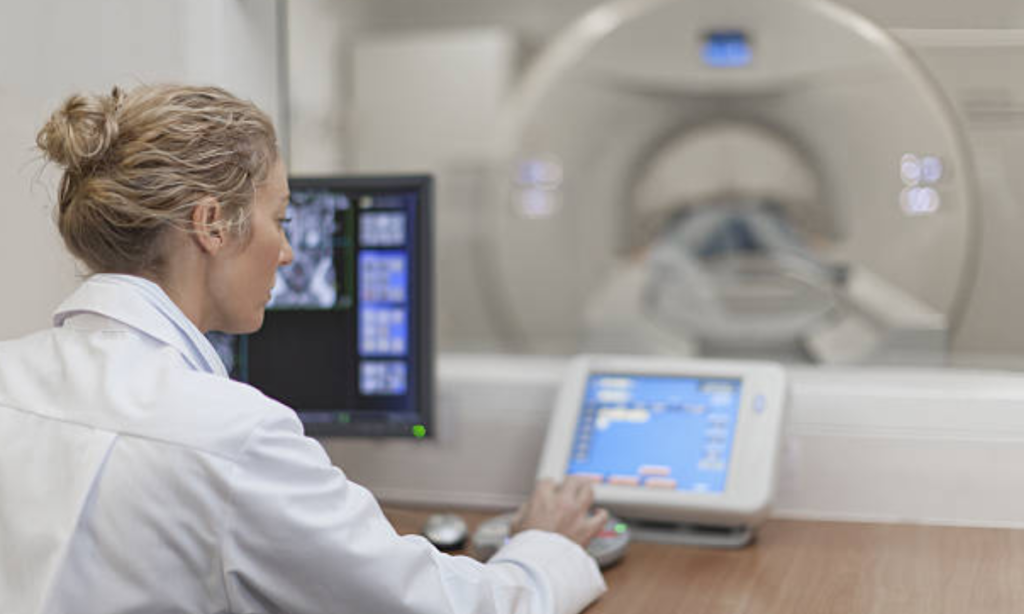
The medical landscape has been fast-evolving for a while now. With several advancements, also come the rare and undiagnosable questions that leave a way to find answers. Out of the many undetectable cases of illness is the Fever of Unknown Origin (FUO). This has remained a hurdle posing confusion among doctors on how to proceed […]
Understanding the Differences: SPECT Scan vs. PET Scan
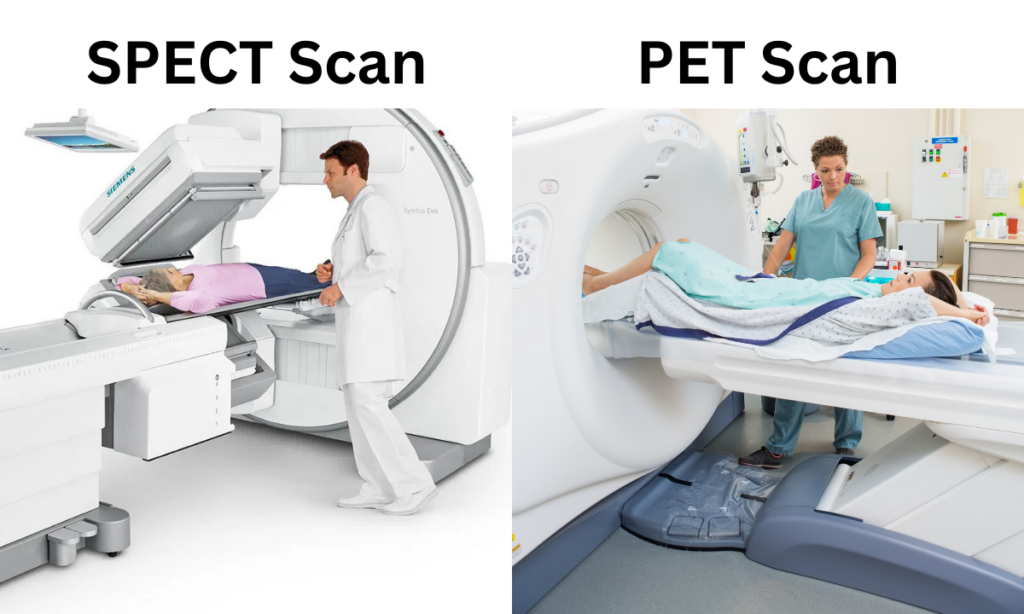
Attempting to comprehend clinical imaging tests like SPECT scan vs. PET scan can be confusing. As a patient, it’s not difficult to feel like all you hear is “examine this” and “output that” from specialists without truly understanding what everyone does or when it’s ideal to utilize one over the other. All things considered, let […]
Unravelling Theranostic Therapy: A Comprehensive Guide
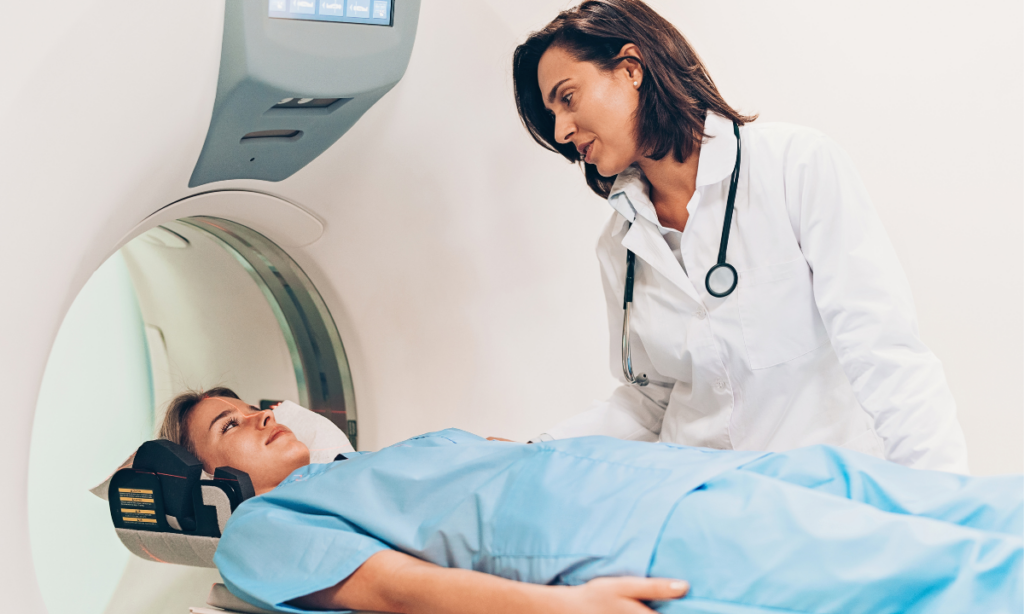
What is Theranostics? Theranostics joins the words “treatment” and “diagnostics” to depict an incorporated methodology for customized medication. At its center, theranostics includes utilizing designated specialists, for example, nanoparticles, antibodies or little particles that can recognize explicit biomarkers related with a sickness. These same agents are then used to deliver targeted therapies directly to the […]
Exploring Lutetium PSMA Therapy: Benefits and Considerations
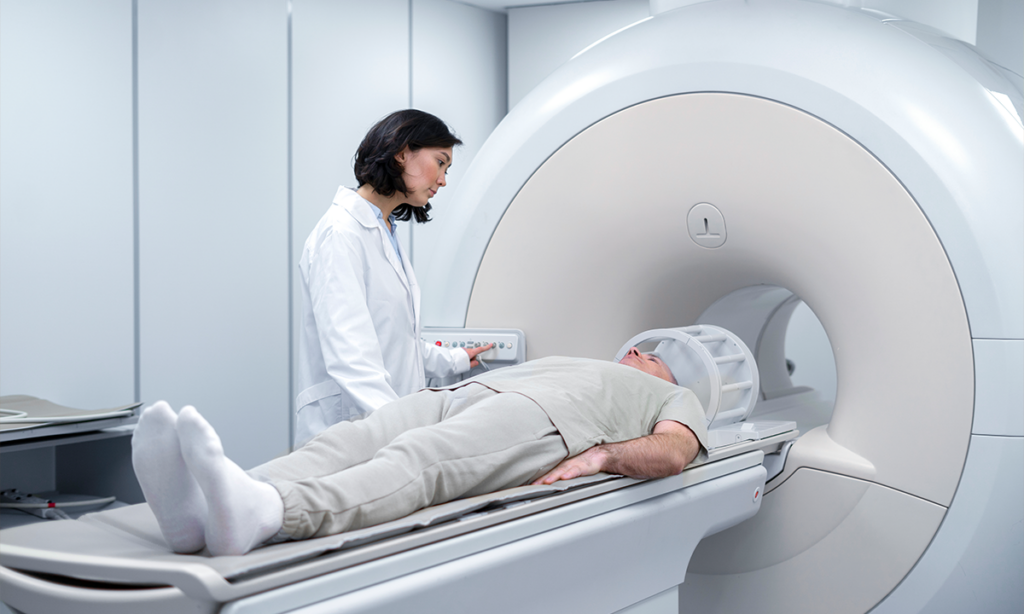
Prostate malignant growth is quite possibly the most widely recognized disease influencing men. For certain individuals with cutting edge prostate disease that has spread to different pieces of the body, standard medicines may not fill in also. In these conditions, experts have been examining new assigned radiation treatments that use radioactive drugs. One such treatment […]
Understanding the Differences: Ultrasound vs CT Scan Explained
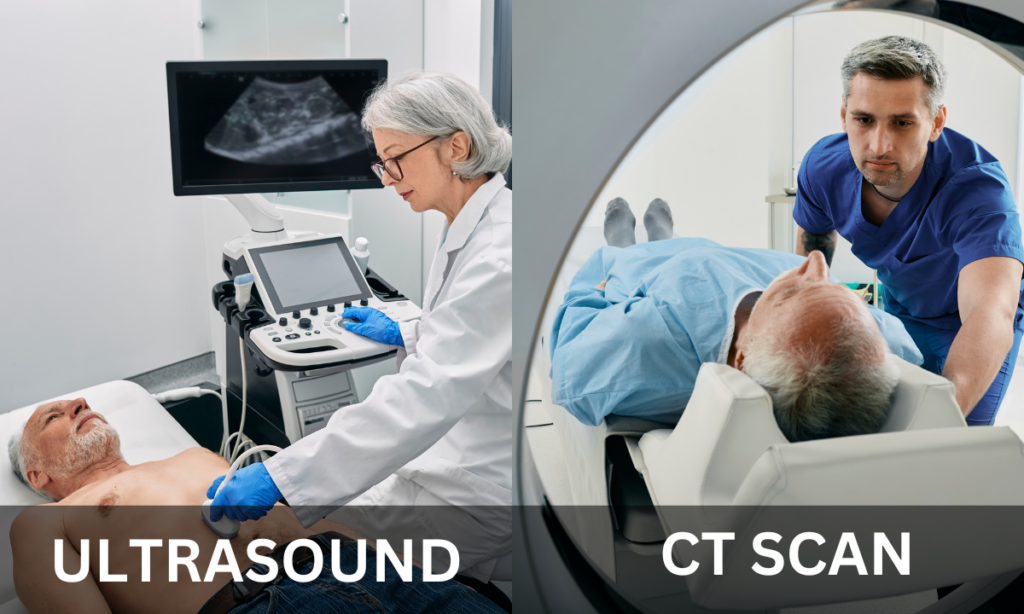
Ultrasound and CT scans are both significant clinical imaging strategies used to look at within the body. In any case, they work diversely and are best utilized for explicit purposes. This article will help with getting a handle on the crucial differences among ultrasound vs CT scans so you have a predominant perception of when […]
Advanced Imaging: What to Expect from PSMA PET Scan

PSMA PET scans are an innovative imaging tool that can help doctors better detect and understand prostate cancer. As these scans become more common, more men may undergo a PSMA PET exam to inform their treatment options. This article will give you an overview of what to expect from one of these scans in straightforward […]
How Body Scans Help in Early Detection of Health Issues

Body scans are non-invasive imaging tests that can help detect health issues early. Getting scanned regularly provides doctors with a baseline to compare changes over time. This allows them to identify concerning abnormalities at their earliest stages. What Are Body Scans? There are different types of body scans using various imaging technologies: Computed tomography (CT) […]
How PSMA Pet Scans Work? (A Complete Guide)

So you’re wondering how PSMA PET scans work, huh? No worries, friend -I’m here to explain skipping the jargon jungle and instead, I’m going to break it down into plain and simple terms that even someone without a medical degree can understand! This guide is completely dedicated to knowing everything about PSMA Pet Scan. Stick […]
Decoding Mental Health with Brain SPECT Imaging

Introduction Human thinking, behaviour, and emotion are all controlled by the brain. It directs our everyday activities, determines our behaviours, and affects our social behaviour. However, it has remained challenging to comprehend the intricacies of how the brain works, particularly regarding mental health. The discipline of psychiatry, devoted to mental health, often depends on clinical […]
What makes PET/CT so effective?

Introduction Positron Emission Tomography/Computed Tomography, or PET/CT, is a cutting-edge medical diagnostic tool that stands out. PET/CT has changed how cancer is managed because of its exceptional capacity to provide metabolic and anatomical data. This blog explores the many advantages of PET/CT imaging, including how it affects cost-effectiveness, diagnosis, staging, therapy monitoring, and recurrence detection. […]
